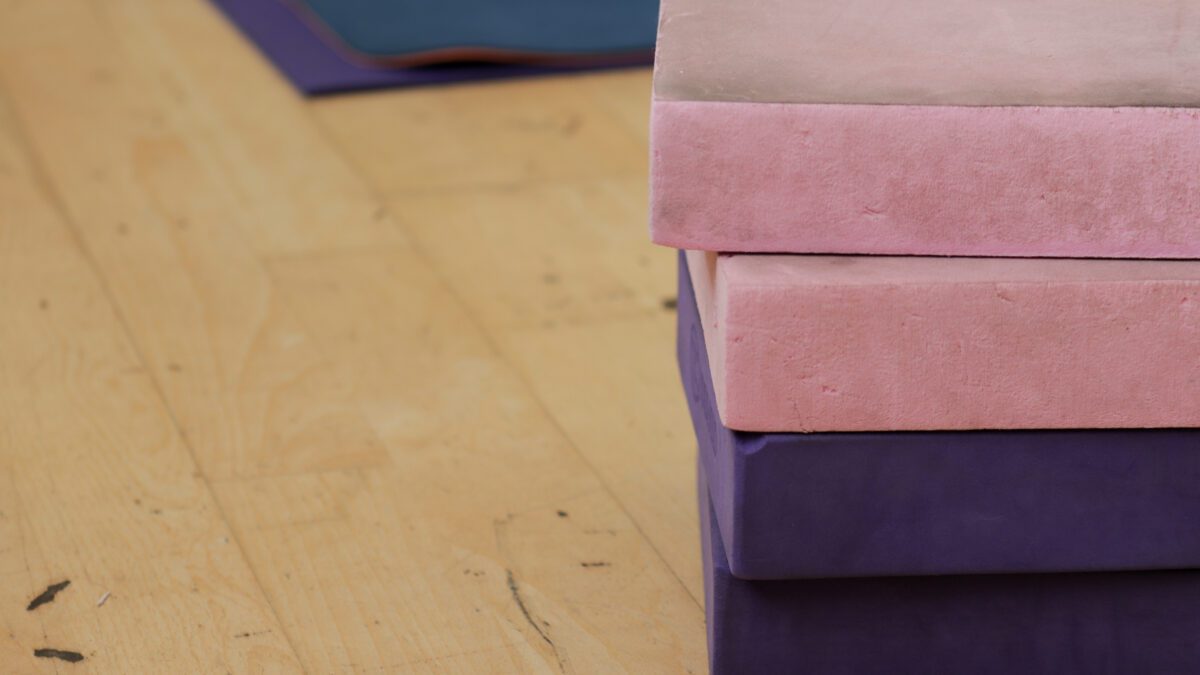

Sometimes a natural birth is not possible or not advised if the circumstances surrounding the baby or mother change. A c-section (caesarean) becomes the safest option for both mother and child and involves surgery to deliver the baby. This is a common procedure with over 25% (650 000) babies delivered this way each year (www.nct.org.uk).
Anatomically, the surgeon performing the c-section needs to gain access to the womb. Most commonly the horizontal “Pfannenstiehl” incision is used (otherwise called the ‘bikini’). This is cosmetically superior to a vertical incision as once healed it is barely noticeable, even in a bikini. Once the surgeon has made the incision, they will need to move any fatty tissue to gain access to the fascia connecting the rectus abdominis. With a small nick and a skilled set of hands, these muscles can be easily separated at the midline. This means they are separated along the linea alba, not cut through either horizontally or vertically. There are several other layers for the surgeon to open (the lining of the abdominal cavity, and eventually the womb) but for us, what is important to know, is that the abdominal muscles (TVA, obliques, rectus abdominis) are not cut at any point. Although they have been separated, they will fall back together (or are sometimes tied back together at various points to remind them how to repair themselves).

A c-section is major surgery and should be treated as such. In the beginning, getting up, walking and climbing the stairs are all challenging. Driving a car is not a particularly physical task, yet it is recommended not to drive for 6 weeks after a c section. With this in mind, the exercise level will be low.
When the surgeon made those incisions and openings, they cut through some nerve endings meaning the new mum quite possibly cannot feel or activate her TVA voluntarily at all. This is your starting point. Making that mind-body connection can take time (especially with a non-Pilates person) as the nerve endings have to heal. If this is a non-Pilates person, they will have to learn how to activate their TVA and pelvic floor muscles. This is no mean feat, especially with a newborn and no sleep. Static TVA and pelvic floor contractions are a great beginning and will help strengthen the core ready for when further activity is possible. New mums will spend time sitting in various positions feeding their baby/babies. If they are aware of their posture and are able to use this time for TVA and pelvic floor contractions, this can only help.
TVA and pelvic floor muscles can be activated quickly or held for a period of time in any position. If it is more comfortable (or easier to feel) on all fours – great. Let the tummy release, allow gravity to do its thing and feel as if the tummy is ‘hanging’, then draw the belly button in towards the spine without holding breath. When that is held, activate the pelvic floor, as if trying to prevent yourself from weeing. This is a great position to understand the feeling. Once the mind-body connection is there, these contractions can be done anywhere (even lying in bed!)
Providing the new mum has passed her 6-week GP check-up, you may begin to use additional Pilates exercises to help her regain her core strength and to aid her recovery. It is important that she may still have discomfort and pains around her scar. This was major surgery. Exercise is a choice. Often surgery wasn’t. Always listen to what they are telling you, and if anything becomes painful, then seek advice from their health visitor or GP. You will only be introducing prep exercises at this stage, not the actual exercises, with plenty of reinforcing TVA and pelvic floor as some will be a while before they can progress further.
Exercises:
These may not sound like much, but to the new mum recovering from a c section, these are a challenge. If they can do it a little bit often, this will make a massive difference.
Providing there have been no additional complications, and mum is feeling well in herself, she can begin to phase herself back into Pilates. She must be acutely aware that ‘more’ is not ‘better’ and that technique, neutral spine, TVA and pelvic floor are fundamental in her achieving her fitness goals (although at 12 weeks, her goal may just be to leave the house for an hour!) We teach with layers for a reason. She will need to use these layers and work her way up gradually to her previous level.
Well done to all the new mums out there who have the energy to consider exercise at this point. Take it steady, and the benefits will come to you.
Ready to leap into a new career avenue? Consider reaching out for career guidance or enrolling in additional courses to hone your expertise in a specific area. In an ever-evolving industry, your willingness to grow and adapt will be your most significant asset.
Written by Heather Oakes.